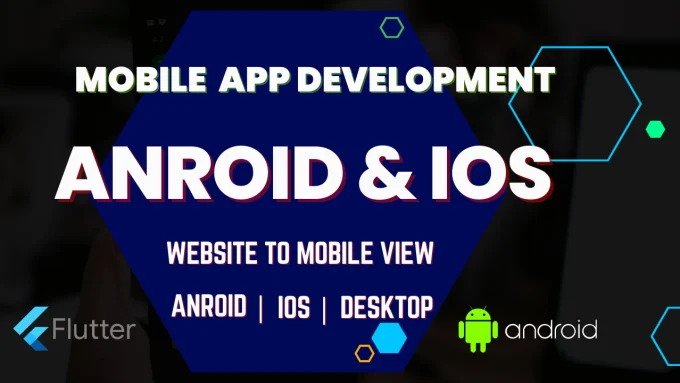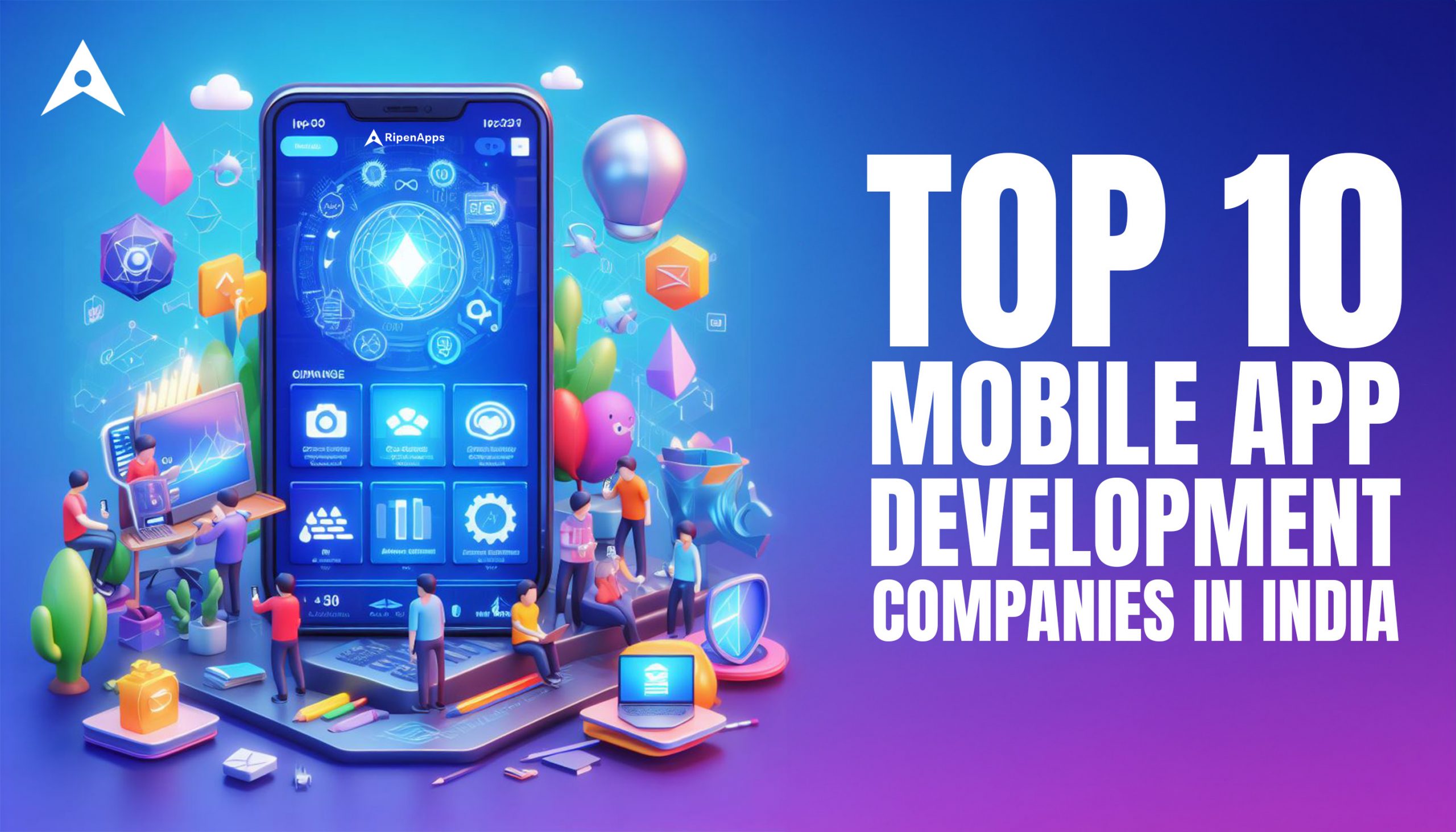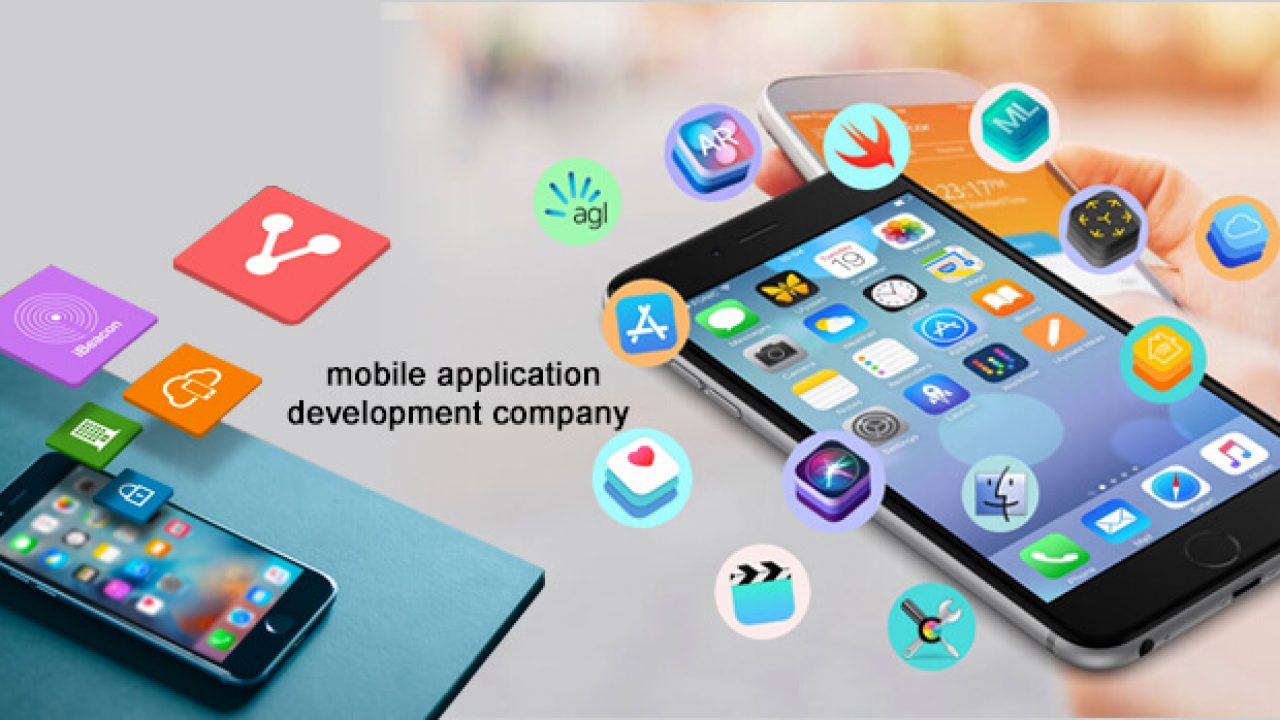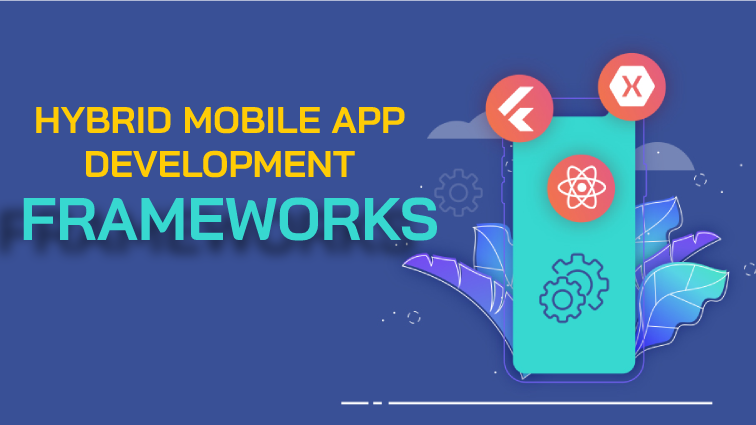
Businesses, developers, and digital marketers must be knowledgeable about the web as a
language of communication in today's world. As the internet expands, a variety of languages are
now used to govern online communication, design and interaction. We will explore the diverse
languages used on the internet, their significance, and how they are utilized in our daily lives.
The Foundational Languages of the Web
HTML is the foundational language of the web and is commonly used as a standard for creating
web pages. HTML is the coding language used to arrange and structure webpage content,
including text, images, and links. HTML5's latest version includes new elements and attributes
that enhance web functionality and user experience.
• The semantic elements of HTML5, such as header>, 'footer> and / or citer> (slang)]
and article> undeniably improve the code clarity and SEO.
• The audio> and 'video> tags enable the embedding of media without using external
plugins
• A canvas component enables the dynamic rendering of 2D shapes and bitmap
images through scripting.
The Styling Language (CSS) is the language used for web page layout and styling. In CSS, the
user can modify the way HTML is displayed, including colors, fonts, and spacing. New modules
in CSS3 now offer greater flexibility and creativity in web design.
Key features of CSS3 include:
• Responsive design is a key feature of CSS3, which allows for the creation of layouts that
are adaptable to different screen sizes and devices through media queries.
• Animations and transitions: Smooth visual effects to enhance user experience.
• Grid and Flexbox offer robust layout systems that can handle intricate designs.
JavaScript: The Interactive Language
The Interactive Language (IML) or JavaScript programming language is a web-based framework
for interactive and dynamic content. Forms, animations and real-time updates are made
responsive using it. Modern JavaScript libraries and frameworks, including React, Angular, and
Vue. js has revolutionized web development by providing tools for the building of complex and
scalable applications.
Key features of JavaScript include:
• DOM manipulation is a crucial aspect of JavaScript, as it allows for direct interaction with
HTML elements and changes.
• Event management: Address user input such as clicks and keystrokes.
• Asynchronous programming: Don't block the main thread, such as data fetching.
Server-Side Languages
he Veteran Language PHP (Hypertext Preprocessor) is a popular server-side scripting language
for web development. The world's websites and content management systems (CMS), including
WordPress, are powered by it. PHP is a lightweight, flexible language with good community
support.
Key features of PHP include:
• Dynamic content generation: Creating tailored user experiences.
• Integrated: Easy to use databases such as MySQL.
• Extensive libraries: A plethora of pre-installed features for everyday tasks.
Python: The Versatile Language
Python has gained popularity in web development due to its readability, simplicity, and
versatility. Frameworks like Django and Flask make it easy to build robust web applications
quickly. Python is also favored for its extensive libraries and frameworks that support various
applications beyond web development, including data analysis and machine learning.
Key features of Python include:
• Clean syntax: Enhances code readability and maintainability.
• Rich ecosystem: Extensive libraries for various applications.
• Scalability: Suitable for both small projects and large-scale applications.
Ruby: The Elegant Language
Ruby is known for its elegant syntax that prioritizes developer happiness and productivity. The
Ruby on Rails framework revolutionized web development by introducing conventions and
tools that streamline the development process.
Key features of Ruby include:
• Convention over configuration: Reduces the need for boilerplate code.
• Active Record: Simplifies database interactions.
• Gems: A rich collection of libraries that extend functionality.
Database Languages
SQL: The Standard Language
Structured Query Language (SQL) is the standard language for managing and manipulating
relational databases. It is essential for storing, retrieving, and managing data in applications.
Key features of SQL include:
• Data definition: Define database schema and structure.
• Data manipulation: Insert, update, delete, and query data.
• Data control: Manage user permissions and transactions.
NoSQL: The Modern Alternative
NoSQL databases provide flexible schema designs and horizontal scalability, making them
suitable for handling large volumes of unstructured data. Popular NoSQL databases include
MongoDB, Cassandra, and Redis.
Key features of NoSQL include:
• Flexible schemas: Adapt to changing data models without downtime.
• Scalability: Handle large-scale data and high traffic.
• Performance: Optimized for specific use cases like real-time analytics.
Markup and Programming Languages for the Modern Web
XML and JSON: Data Interchange Languages
XML (eXtensible Markup Language) and JSON (JavaScript Object Notation) are used
for data interchange between systems. They provide a structured format for data, making it
easy to parse and use in applications.
Key features of XML and JSON include:
• Interoperability: Facilitate communication between different systems.
• Human-readable format: Easy to understand and debug.
• Support for complex data structures: Handle nested and hierarchical data.
TypeScript: The Typed Superset
TypeScript is a superset of JavaScript that adds static types, enhancing code quality and
maintainability. It is especially popular in large-scale applications where type safety can prevent
bugs and improve developer productivity.
Key features of TypeScript include:
• Type annotations: Ensure variables and functions are used correctly.
• Modern JavaScript features: Support for ES6+ features.
• Tooling support: Integrated with popular editors and build tools.
The Future of Web Languages
The future of web development will likely see the continued evolution of existing languages and
the emergence of new ones.
Key trends include:
• WebAssembly: A binary instruction format that allows high-performance applications
on the web.
• GraphQL: A query language for APIs that provides more efficient data fetching.
• Progressive Web Apps (PWAs): Enhance user experience with offline capabilities and
app-like performance.
Understanding and mastering the languages of the web is essential for anyone involved in
digital development and marketing. As these languages continue to evolve, staying updated
with the latest trends and best practices will ensure the creation of robust, efficient, and
engaging web experiences
 Android and iOS App Development Services in Delhi – Oprezo India
Android and iOS App Development Services in Delhi – Oprezo India
 Mobile App Development Company in Delhi, India
Mobile App Development Company in Delhi, India
 Oprezo India: Your Premier Web Development and Mobile App Partner in Delhi for Business Growth
Oprezo India: Your Premier Web Development and Mobile App Partner in Delhi for Business Growth
 Oprezo India – Leading E-commerce Website and App Development Agency in Delhi
Oprezo India – Leading E-commerce Website and App Development Agency in Delhi
 Leading Hybrid, Flutter, and React Native App Development Services in Delhi by Oprezo India
Leading Hybrid, Flutter, and React Native App Development Services in Delhi by Oprezo India